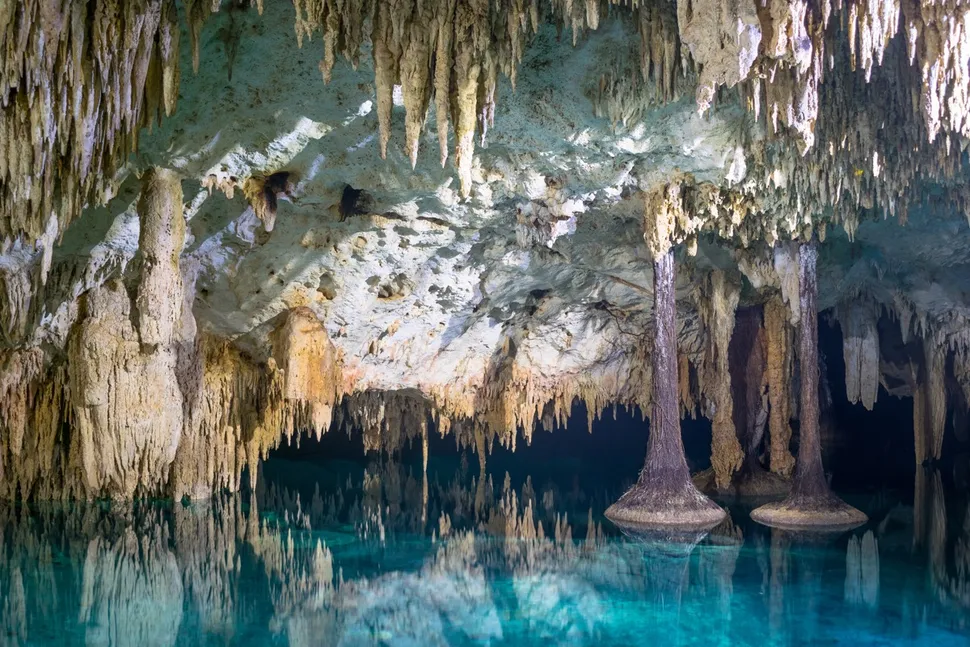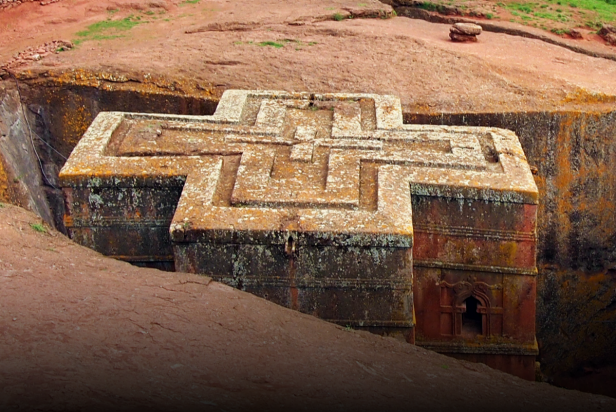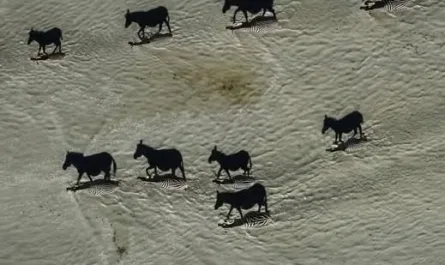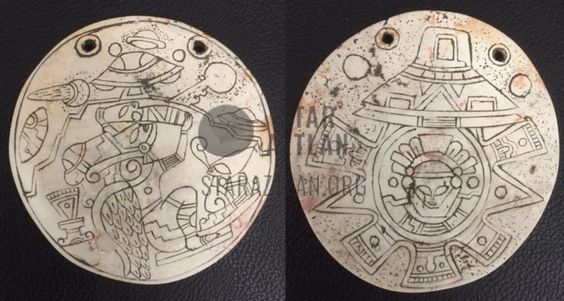The earliest known records of underwater activity come from Ancient Assyria and date back to the 8th century B.C. The carving depicts two divers with a rope tied around the waist and stuffed into their mouths, possibly to help with ventilation. This method was also used by pearl divers in Japan during the 16th century A.D., who would submerge up to 30 feet below water but only stay there for several minutes at a time before returning to dry land or boat where they could rest and breathe normally again until they were ready to dive again—this was called “hookah diving” because they would sometimes use a hookah pipe while resting on shore!
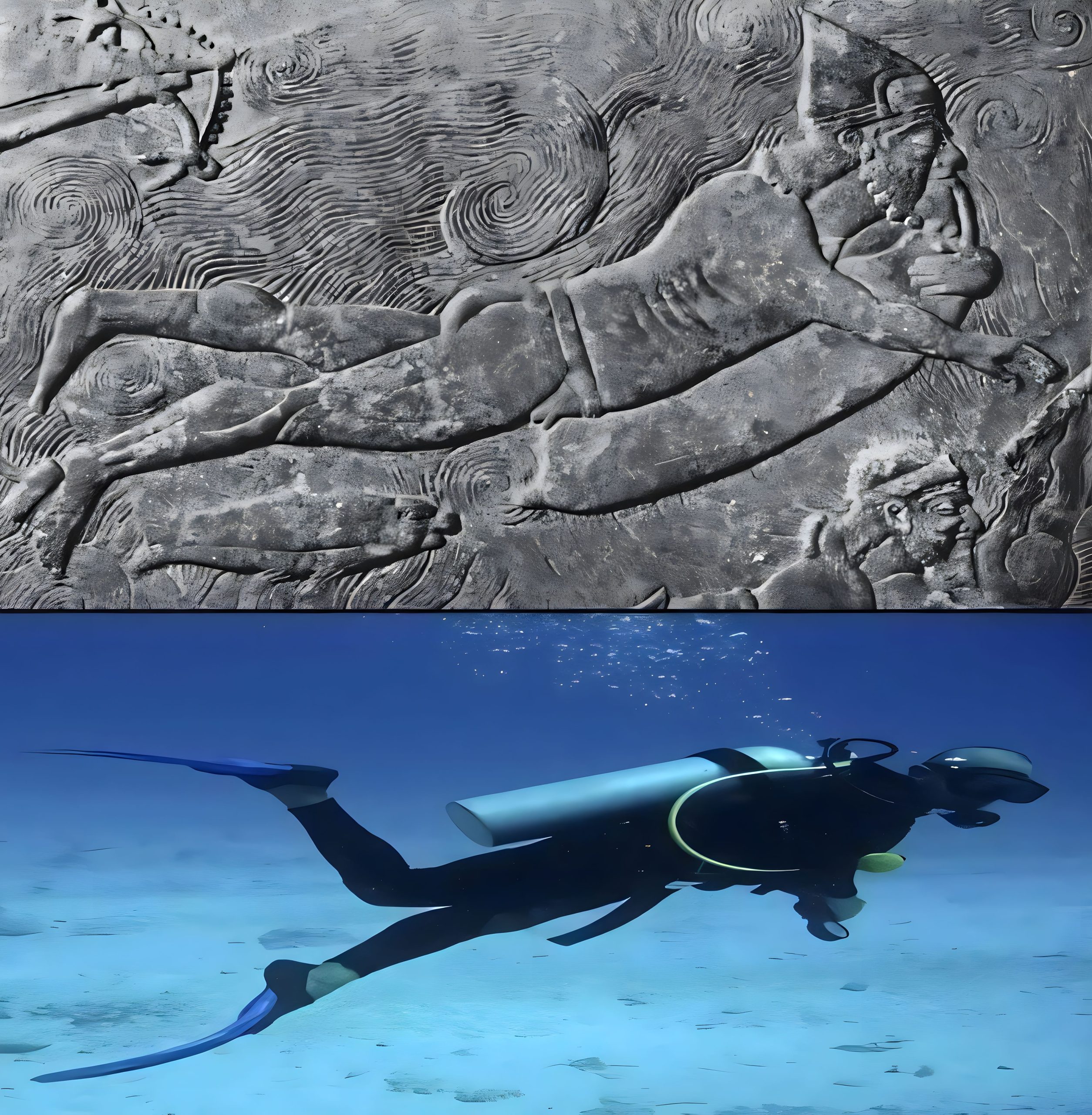
ONE OF THE EARLIEST IMAGES OF UNDERWATER ACTIVITY COMES FROM ANCIENT ASSYRIA.
One of the earliest images of underwater activity comes from Ancient Assyria, where a carving depicts two divers with a rope tied around the waist and stuffed into the mouth, possibly to help with ventilation. In later years, breathing tubes were used during the Renaissance, but they weren’t really practical. Respiration tubes used during this time period were called water-dive breathing machines.
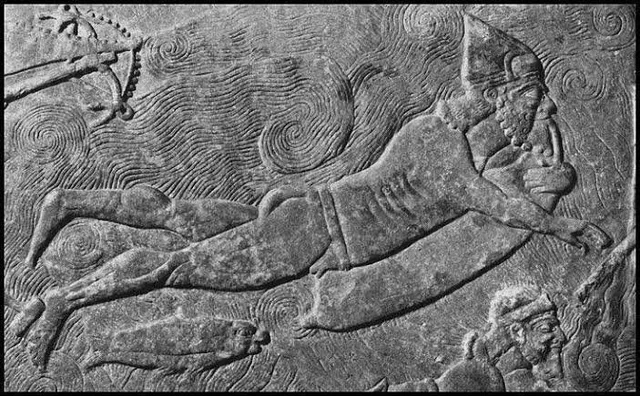
THE CARVING DEPICTS TWO DIVERS WITH A ROPE TIED AROUND THE WAIST AND STUFFED INTO THE MOUTH, POSSIBLY TO HELP WITH VENTILATION.
The carving depicts two divers with a rope tied around the waist and stuffed into the mouth, possibly to help with ventilation. The carving is part of a temple complex dedicated to the Assyrian god of water, Ea (also known as Enki). The temple was located in what is now Iraq, near what today is known as Mosul Lake.
Archaeologists have found numerous artifacts from this site that show how people lived during ancient times. One such artifact was an actual diver’s mask made out of stone; it dates back to about 2600 BC. Divers wore this mask when they went down into lakes or ponds to retrieve objects from underwater. The mask had holes at all sides so that air could pass through, allowing the diver to breathe while he worked underwater without having to come up for air every few minutes like we do today when diving for fish or other objects on land!

RESPIRATION TUBES USED DURING THE RENAISSANCE WERE CALLED WATER-DIVE BREATHING MACHINES.
In the Renaissance, wood, leather, and brass were used to create a breathing tube. The device was seen as an improvement over earlier methods of breathing underwater. The water-dive breathing machines were used by divers in Europe to harvest oysters and other shellfish, explore shipwrecks and explore the ocean.
DIVERS WOULD SUBMERGE TO DEPTHS AS DEEP AS 30 FEET.
Divers would first have to submerge themselves into the water by wearing a diving suit. This was not as advanced as today’s suits, but it did help the diver stay underwater longer and breathe more easily. The breathing holes in the diving suit allowed air to be inhaled through water that had been filtered out by a sponge. The divers would also take along with them fire (to light up their way), spears, and nets for catching fish.
IN 1825, SIEBE GORMAN CREATED A DIVING HELMET BY USING LEAD WEIGHTS TO PULL THE HELMET DOWN AGAINST A DIVER’S SHOULDERS.
In 1825, John Deane invented the first diving helmet by using lead weights to pull the helmet down against his shoulders. The diver could breathe through a tube connected to one of two tanks that were worn on the diver’s back. This first design was improved over time to include better ways of supplying air and clearing water from inside of it.

IN 1838, WILLIAM JAMES BUILT THE FIRST AIR PUMP DIVING SUIT, ALLOWING DIVERS TO DESCEND 150 FEET.
The first air pump diving suit was invented by British engineer and inventor William James, who built a prototype in 1838. His design consisted of two layers of rubber, with an inner layer made of canvas and an outer layer that was waterproofed with Indian rubber. Air pressure from a bellow-operated air pump filled the space between the layers, thus providing sufficient buoyancy for the diver to walk on dry land. James’ suit allowed divers to descend 150 feet (45 meters) below sea level during its short lifespan, but poor visibility caused by bubbles disturbed underwater work.
THE SUIT CONSISTED OF AN AIRTIGHT RUBBER SUIT THAT HELD ENOUGH AIR FOR SIX OR SEVEN HOURS OF BREATHING.
One of the earliest diving suits was invented by a Scottish engineer named John Scott Haldane. His suite consisted of an airtight rubber suit that held enough air for six or seven hours of breathing. The diver wore this suit while working underwater, but he could also use it as an escape device in case he became trapped underwater. The second type of diving suit also used an oxygen supply from tanks on board the ship. This type allowed divers to stay underwater longer than other versions because they did not need to surface for air as often.
A 17TH-CENTURY JAPANESE “MAGIC POT” WAS USED BY DIVERS TO HARVEST OYSTERS AND OTHER SHELLFISH.
This method is called the “magic pot” and was used by ancient Japanese divers. The cedar wood vessel was hollowed out, with a small hole in its bottom that allowed air to enter while allowing water to drain out. It was then sealed with rice paste or wax, allowing the diver to breathe underwater. The magic pot could be used for harvesting oysters and other shellfish, or simply collecting pearls from oyster beds. In addition to being valuable trade items, pearl fisheries were often one of the main sources of income for people living near rivers that contained them in large numbers.
IT IS ASSUMED THEIR USE PREDATED CHRISTIANITY IN JAPAN, BUT THERE IS NO EVIDENCE TO PROVE IT.
While the Japanese pot was used to harvest oysters and other shellfish, it is assumed that their use predated Christianity in Japan. The earliest known reference to a bivalve basket dates back to 1659 when Dutch physician Engelbert Kaempfer visited Japan. His account of the native methods of harvesting bivalves was later published in his book “Amoenitatum exotic rum,” where he described how local fishermen would lower baskets into large pots full of seawater. The fishermen would then scoop up sludge at the bottom with their hands and throw them into smaller baskets until they were full, after which they’d be taken out of the large pot and emptied onto larger trays where they could be inspected for quality before being sold in town markets or sent off across Japan via trade routes.
UTERMÖHLEN BELIEVED THERE WERE THREE ASPECTS THAT AFFECTED BREATH-HOLD DIVE DURATION—BODY COMPOSITION, ACTIVITY LEVEL, AND EMOTIONAL STATE.
Utermöhlen believed that there were three factors that affected breath-hold dive duration—body composition, activity level, and emotional state. He noted that obese people could hold their breath for longer than lean people, and he also believed that men generally had longer breath-hold times than women. Activity level was of particular importance to Utermöhlen, as he believed it was a key factor in influencing how long a diver could hold their breath. In his tests, active swimmers tended to have shorter dive durations than those who were inactive or sedentary. Emotional state is also thought to affect breath-hold duration—emotions such as anxiety can make it more difficult for divers to remain calm during dives, resulting in shorter dive times compared with calm divers
WE HAVE BEEN TRYING DIFFERENT WAYS TO BREATHE UNDERWATER FOR CENTURIES NOW
In the ancient world, many people attempted to breathe underwater, but few had any success. The Assyrians are one of the earliest cultures known to have attempted this feat. A carving from the period shows an Assyrian diver wearing a large cone-shaped mask and holding a tube in his mouth. This carving may represent an actual person who breathed underwater during that time period. The modern diving mask is based on this ancient design of wearing a cone over your face. It might seem like an obvious connection today, but back then it was not at all apparent how such a thing could be done without drowning yourself in the water!
CONCLUSION
We have been trying different ways to breathe underwater for centuries now. The Ancient Assyrians were the first people to create a system that allowed them to dive deeper than just a few feet below the surface of the water. During the Renaissance, scuba equipment was invented and used by Italian fishermen who wanted to catch more fish without having their nets destroyed by sharks or other predators. In 1838 William James built an air pump diving suit allowing divers to go down as deep as 150 feet while still being able to breathe comfortably inside their suits!
